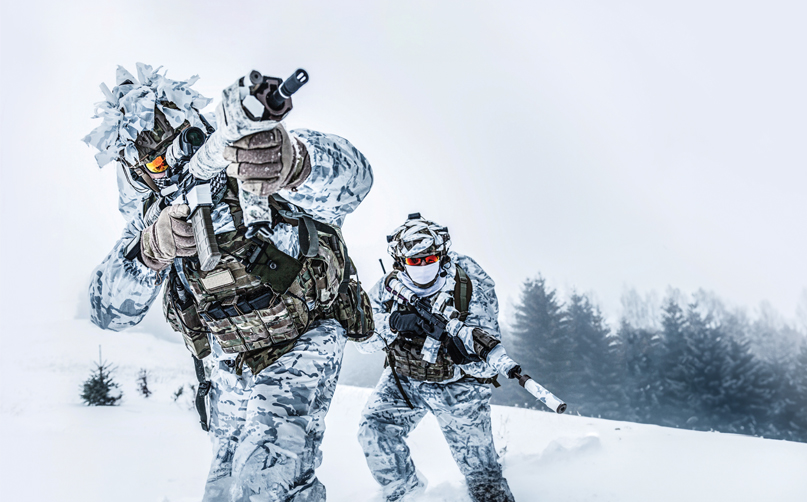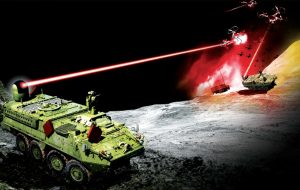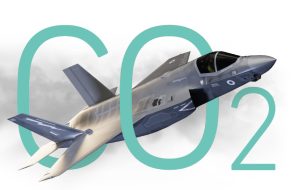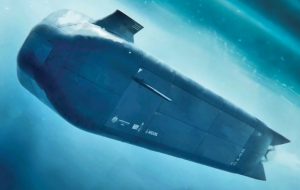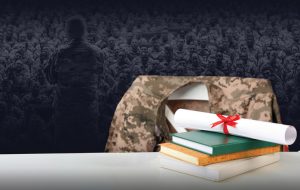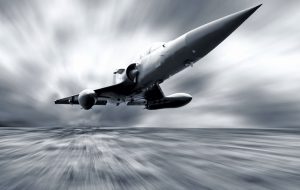Throughout history, the weather has been an important and often decisive factor in military operations. Many military leaders made the mistake of ignoring the potential impact of weather on their operations and paid a dear price. Recent geostrategic, military and environmental trends have brought an increased focus on the Arctic region, where military operations must contend with extreme cold weather conditions.
One of the most comprehensive historical surveys of weather and warfare was published in 1907 by Lord Richard Bentley in the Quarterly Journal of the Royal Meteorological Society titled “Weather in War Time”, documenting hundreds of military campaigns and battles where weather played a key and often decisive role in determining the outcome. During World War I, the impacts of weather on military operations became even more significant for two main reasons – the development and use of new weapons systems and the frequent occurrence of severe weather in Europe which affected these systems. Moreover, weather was critical to aerial and ground operations on the Western Front.
During the numerous wars between Sweden and Denmark in the 16th and 17th centuries, Denmark’s geography of islands often protected it from invasion. But in January 1658, most Danish waters froze over. Charles X Gustav of Sweden led his army across the ice belts to besiege Copenhagen, ending the war with the Treaty of Roskilde in Sweden’s favour.
Napoleon’s 1812 invasion of Russia ended in retreat in the face of winter, with most of the French army surrendering to frostbite and starvation rather than battle injuries.
On World War I’s Western Front, soldiers endured freezing trench conditions resulting in trench foot injuries, frostbite and the spread of diseases.
The winter of 1916-1917 was exceptionally cold, causing great hardship and fatalities. Vehicles and equipment were also inadequate for freezing conditions. Doctors recognised the dangers of trench foot injuries caused by prolonged exposure to cold, wet conditions which led to severe consequences.
On the Italian Front, trench warfare stalled, but thousands of soldiers on both sides were killed in icy mountain avalanches in the Dolomites. In the Sino-Japanese War, the Japanese learned the importance of foot care, keeping feet dry and warm and changing socks frequently.
History teaches us that the more complex and expensive weapons systems become, the more accurate climatic data on weather observations and forecasts become valuable for weapons’ effectiveness and efficiency.
While most contemporary commanders intuitively appreciated the importance of weather information, studies have only recently been conducted to quantify the value of military weather services. Their results strongly demonstrate that the present and potential benefits to military operations of a responsive, sustainable weather service far outweigh the costs of providing it.
Cold Weather Operations
Military operations in extremely cold weather are known as cold weather warfare or Arctic warfare. NATO defines cold weather operations as a set of expected force operations occurring at temperatures of +8 degrees Celsius and below. Nevertheless, armies are sometimes required to conduct continuous combat operations in temperatures as low as -40 degrees Celsius.
When conducting military operations in cold weather environments, leaders and soldiers must plan to face two adversaries: the opposing force and the harsh cold weather conditions.
Under these circumstances, soldiers experience decreased efficiency and are susceptible to cold injuries. Equipment becomes prone to malfunctions, ammunition is at risk of damage, supply problems increase, and operations are hampered and complicated due to the cold environment.
The Soviet military doctrine set the snow depth threshold that hampers the movement of forces, cavalry, and vehicles at 30 cm (12 inches), excluding tanks with a threshold of 50 cm (20 inches).
The inherent characteristics of the battlefield in cold weather pose challenges that necessitate appropriate measures for feeding, clothing, sheltering, transporting, and manoeuvring an army operating in such a climate. The success of any military operation in temperatures below freezing relies on specialized adaptations. Efficient manoeuvring in harsh weather conditions and unforgiving terrains places one factor at the forefront: time. Any activity in such climates consumes more time, affecting tactics, equipment, and gear. Weaknesses become apparent in terms of injuries caused by nature and morale.
Cold Weather and NATO
Warfare in the Arctic region involves military operations on land and sea under extreme conditions of snow, ice, and extreme cold. The term “Arctic warfare” is often used interchangeably with winter warfare, but Arctic warfare specifically refers to operations in an environment with extreme temperatures.
In contrast, winter warfare encompasses various operational environments depending on temperatures and geographic location. Highlighting these differences is crucial due to the specific requirements and subsequent measures needed by the active party waging war in Arctic climates.
Freezing temperatures, harsh weather, and the harshness of nature serve as constant reminders to any party engaged in Arctic warfare of its challenging conditions.
Everything takes time, whether it’s hiding or maintaining slowly deteriorating equipment, and maintaining combat readiness.
Moreover, being surrounded by deep snow inevitably poses logistical nightmares. Limited or nonexistent transportation routes and the white landscapes to the extent that any features diminish put improvisation and creativity to the test.
These characteristics are essential for mastering the art of Arctic warfare and efficiently confronting the wrath of nature. Cold-to-freezing climatic zones pose a significant challenge to humans and their equipment.
Even the simplest mistakes can have severe consequences, as icy temperatures become life-threatening. Anyone engaging in Arctic warfare must first survive the second enemy, nature.
Furthermore, the peculiarities of Arctic climates hinder the efficiency of conventional warfare. Vehicles burn unusually large amounts of fuel, weapons and ammunition get damaged, and infantry soldiers suffer frostbite or succumb to hypothermia.
Therefore, combat units often deploy small groups of specially trained soldiers to face these challenges. They rely on sleds or snow vehicles, moving stealthily through the white landscapes to accomplish their objectives and allow more critical movements for the forces to advance.
New technologies increasingly work to improve battlefield performance in modern warfare. However, traditional forces lack sufficient training, and many assumptions derived from technological superiority easily overshadow the basic needs of forces.
For instance, the inability to monitor the Arctic battlefield’s terrain and specific characteristics obscures the requirements for feeding, clothing, sheltering, transporting, and manoeuvring an army operating in the Arctic. Such neglect will undoubtedly lead to dire consequences. However, for planners who take into consideration the challenges of cold weather, the rules of the game change, giving them room to outperform even superior forces in quantity and type.
This indicates that training, adapted clothing, and equipment, accompanied by appropriate logistical concepts, allow even smaller forces to make nature an ally. Given the importance of cold weather operations in NATO’s missions, the NATO-affiliated Cold Weather Operations Excellence Centre was established in Norway.
This centre serves as the primary location for developing cold weather operations for the alliance, led by experts in cold weather.
Moreover, the centre draws on the collective experience of the Norwegian army, along with similar operational experiences from allied countries to ensure readiness in all environments.
Additionally, the centre works on exploring new operational strategies in cold weather by testing ideas, equipment, and concepts through practical training in cold weather operations. These tasks help NATO countries maintain readiness for cold weather operations and continue to push innovation forward, as the strategic geopolitical context emphasizes the importance of the northern flank for the alliance.
One expert at the centre states, “If you can fight and survive in the extreme conditions of the Arctic, you can fight anywhere in the world. We have learned that one cannot challenge nature because it will not change, but humans can adapt if they want to live in dominant natural conditions.”
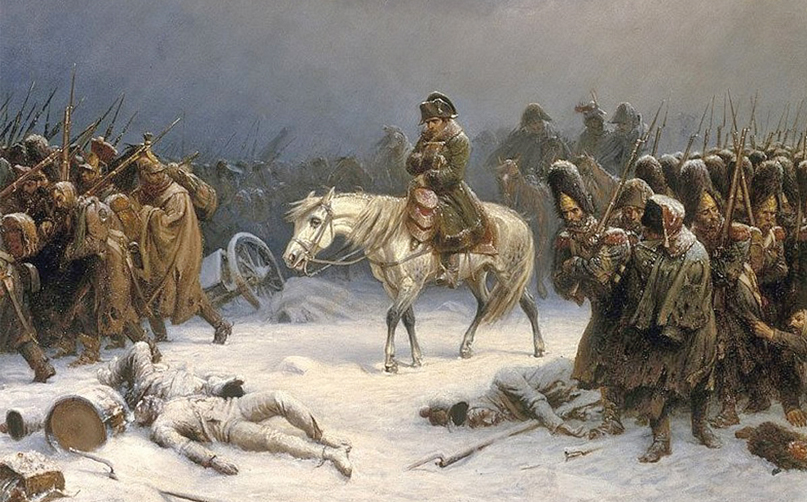
Priorities for Cold Weather Operations Research
Military operations are conducted in temperatures ranging from extreme heat (40 degrees Celsius) to extreme cold (-40 degrees Celsius). Given the potential importance of future operations in Arctic environments and environments prone to freezing, there is a need to study injuries, increase research, and enhance education/training to improve soldiers’ performance sustainability in cold conditions.
Dr. Stefan M. Pasiakos from the U.S. Army Research Institute of Environmental Medicine identified important research priorities to enhance operational effectiveness in cold weather in the following areas:
1. Pharmaceutical, nutritional, and technological means to maintain peripheral blood flow for fighters.
2. The development of clothing and equipment for use in cold weather.
3. The creation of standardized databases on cold weather with identification and classification of categories suffering from increased cold weather injuries.
4. The development of tools for reporting cold weather injuries, medical protocols for the first responder in treating injuries, and the development of decision-making aids for leadership to mitigate risks during cold weather operations.
5. The improvement of field nutrition in cold weather environments.
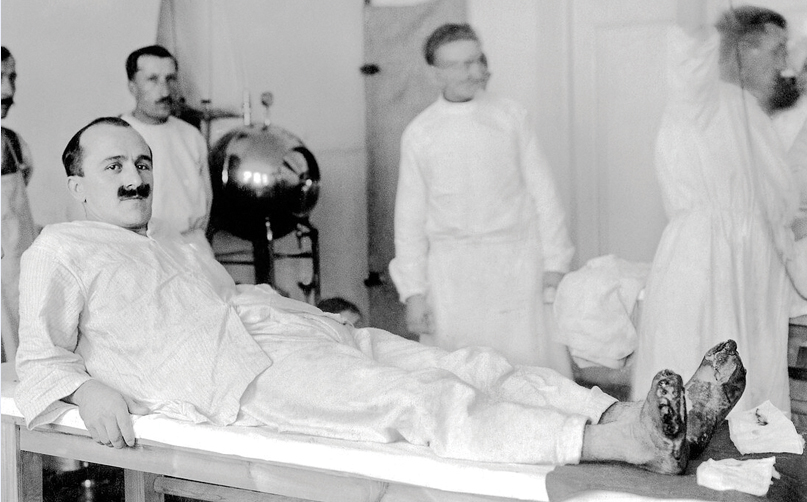
Snow Classification:
For military purposes, snow is classified as light, moderate, or heavy, with each classification affecting visibility and ground movement due to snow accumulation as follows:
1. Light Snow:
- Visibility exceeds 1000 meters.
- Snow accumulation does not exceed one inch (2.5 cm) per hour.
2. Moderate Snow:
- Visibility ranges from 500 to 1000 meters.
- Snow accumulation ranges from one to three inches (2.5 to 7.6 cm) per hour.
3. Heavy Snow:
- Visibility is less than 500 meters.
- Snow accumulation is three inches (7.6 cm) or more per hour.
Cold Weather Classification:
Primarily based on temperatures, cold weather significantly impacts a soldier’s capabilities on the battlefield, requiring specific skills and training.
The U.S. Army classifies cold weather conditions using categories ranging from wet cold to hazardous cold. Since the effects of temperature on humans are influenced by wind, this is not an exhaustive list but serves as an illustrative example of challenges associated with decreasing temperatures.
1. Dry Cold Weather: Dry cold (from -7°C to 20°C) is a favourable starting point for understanding weather challenges. Surviving a dry cold environment is easier due to lower humidity, mitigating adverse effects on soldiers and equipment.
2. Wet Cold Weather: Wet cold conditions (from 4°C to -7°C) occur when snow and rain often accompany wet cold conditions. This environment poses more significant dangers to forces and equipment than dry cold, as the ground becomes muddy, clothes and equipment stay consistently damp, and the impact of weather is heightened by the wind. Without proper equipment, training, and leadership, forces become vulnerable to the effects of the weather. Coupled with wind, wet cold is perilous due to its impact on a soldier’s awareness, with decreased body temperature, frostbite, and trench foot injuries. Wet cold conditions are not confined to mountainous environments alone but exist in various other settings during seasonal transition periods. Under wet cold conditions, the ground alternates between freezing and thawing, as temperatures fluctuate above and below the freezing point. This complexity makes the planning process challenging, particularly for mobility.
3. Intense Cold Weather: Intense cold (from -20°C to -32°C) leads to a deterioration in operational quality, with reduced attention to detail due to the low temperatures. Simple tasks require more time and effort than in warm weather, partly due to the clothing worn. Thus leaders must consider these factors when planning operations and assigning tasks.
4. Extreme Cold Weather: Extreme cold (from -32°C to -40°C) causes weapons, vehicles, ammunition, and other equipment to fail due to extremely low temperatures. Survival becomes paramount, and soldiers often resort to physical rest and self-isolation.
5. Hazardous Cold Weather: Hazardous cold (below -40°C) involves extremely low temperatures, requiring intensive training before operating in such environments. Aside from challenging temperatures, these hazardous weather conditions may include dangerous atmospheric phenomena, especially in polar battlegrounds when temperatures drop below -40°C.
Conclusion
Cold weather significantly impacts military operations, influencing the performance of soldiers, and the efficiency of machinery, weapons, and ammunition. When planning military operations, leaders need to study the aspects of cold weather, prepare for them, train in cold weather environments, and utilize appropriate equipment.
» By: Retired Colonel Eng. Khaled Al-Ananzah
(Advisor and Trainer in Environmental and Occupational Safety)


